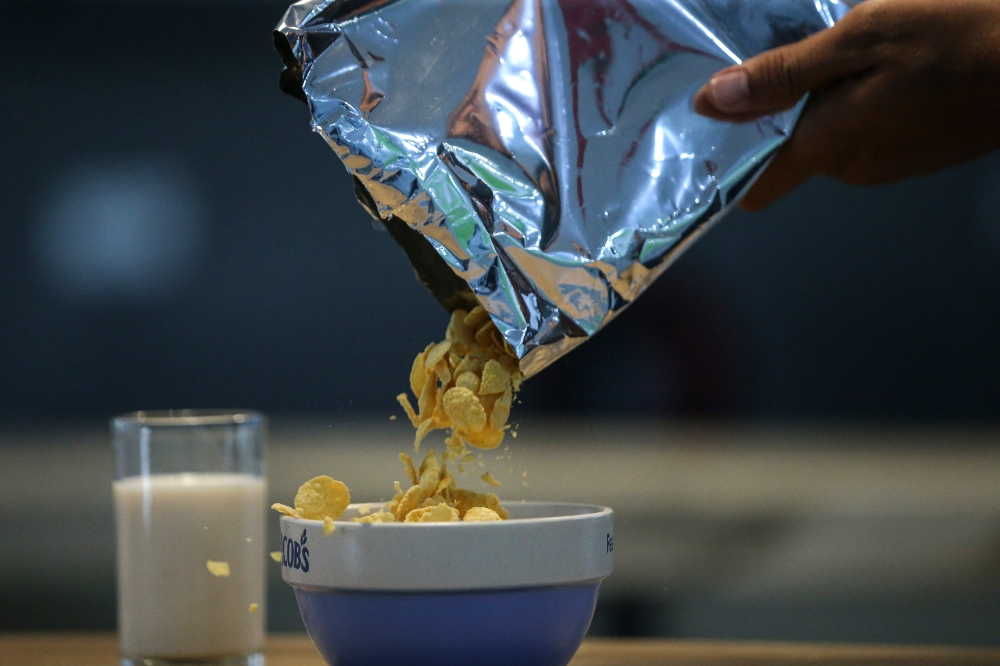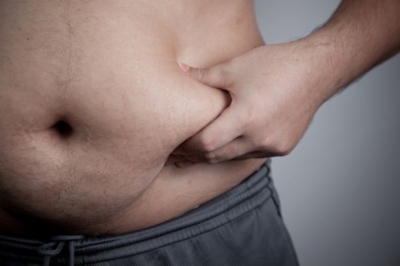- Why do Malaysians still eat unhealthy food? Because healthy food is simply too expensive or less convenient.
- Advertisements targeting children and teens do influence them to eat unhealthy food.
- Other factors that make this problem worse: the increasing cost of eating healthy; wage stagnation; long working hours; traffic congestion; care demands.
KUALA LUMPUR, July 10 — Malaysians who are more likely to eat unhealthy food are those who have low income, those who are time-poor, and children and teenagers who are influenced by fast food advertisements, a paper by research outfit Khazanah Research Institute (KRI) said.
In KRI’s 98-page paper titled “Unhealthy but not by Choice: Food Environment and Nutrition Inequalities” released on June 27, it asked: “Why are these groups of individuals more prone to making poor food choices?”
1. Income
Since lower-income households spend a bigger part of their income on food compared to higher-income households, price determines their food-purchasing decisions, the KRI paper said.
When food prices and cost of living go up but salaries stay the same, people with low income “often compromise” by cutting down on their food spending to pay for other essentials like housing and utilities.
“Even within the food budget, they tend to prioritise energy-abundant food, such as cereal and cereal products (e.g. rice, noodles, and flour) and protein (e.g. egg, chicken, and meat), over micronutrient-rich food like fruits,” it said.
But the paper said having a higher income does not necessarily mean healthier diets, as some middle- and higher-income households are prone to malnutrition due to overconsumption of calories, fat, salt, and sugar.
The reason is higher income households have higher purchasing power and opportunity cost of time, and may eat more food away from home, such as fast food.
2. Time poverty
What is time poverty? The paper defines it as a lack of discretionary time (i.e. the lack of time left after doing paid work and unpaid work and essential activities like sleeping).
“While all individuals technically have 24 hours per day, people tend to face varying time constraints depending on their life circumstances, such as employment, income, and roles that affect their autonomy over time allocation,” the KRI paper said.
Who are the people who are usually ‘time-poor’?
- Busy families and individuals
- Those in cities who spend more time commuting due to traffic jams
- Working women who handle household chores and other unpaid care work
- Working class families
The paper also cited food delivery and ride-share service Grab’s 2021 annual report, which found the top reason for such orders is the lack of time for meal preps, followed by food cravings and convenience.
Citing the same Grab report, the KRI paper said the main consumer base of the food delivery service are parents aged 25 to 44, with children, in a white-collar job and with a household income of more than RM5,000.
For people who are time-poor and in low-income households, however, they face a double burden as they can neither afford to hire household help nor eat out or order food online.
“This dilemma drives them towards ready-to-eat, highly processed food,” the paper said.

3. Food marketing and advertising
The KRI paper said advertisements of unhealthy food significantly influence how children in Malaysia view such food.
“Children were more likely to find unhealthy food advertisements attractive, recognise the advertisements, make purchase requests for the products advertised, and prefer these products,” it said when citing a 2015 research paper, adding that children from different income households experienced similar impact from such advertisements.
The KRI paper also highlighted concerns about the prevalence of unhealthy food marketing on digital platforms targeting adolescents, who often have unhealthy eating patterns like consuming fast food and sugar-sweetened drinks.
Among other things, the paper said there is a need to strengthen existing progressive policies in Malaysia — such as the tax on sugar-sweetened beverages, Healthier Choice Logo, Fast Food Adverting Guidelines, Guidelines on the Prohibition of Sales of Foods Outside School Perimeters — to respond to the inequalities in food choices.





















